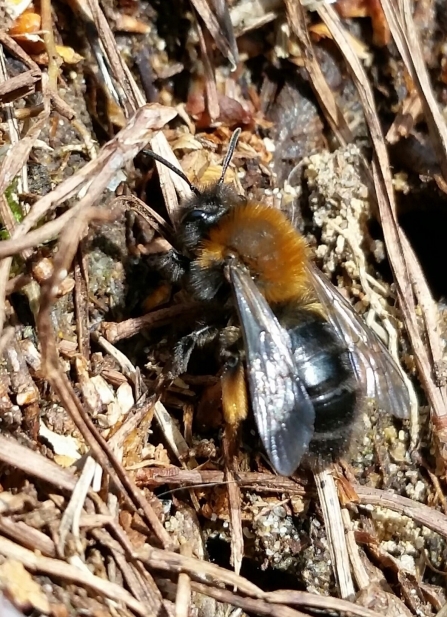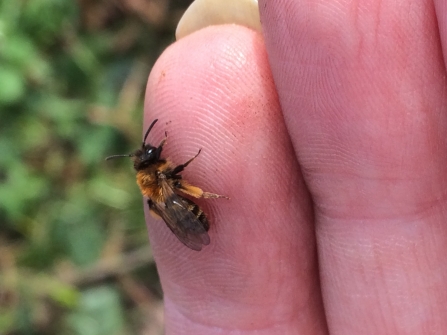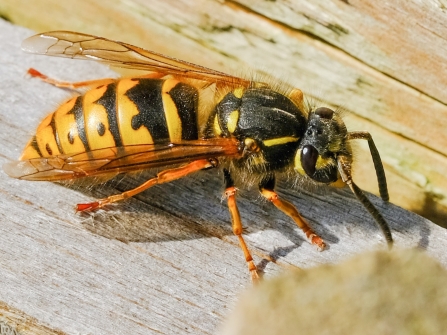In this series of blogs I am going to introduce some of the bees and wasps we are likely to see around Greater Manchester and Lancashire as the months progress and hopefully you will be able to observe as they visit your gardens or nearby green spaces.
Around the beginning of March is when we start to see bumblebee queens emerge from their overwintering sites here, the first usually being Bombus terrestris (Buff tailed bumblebees), Bombus hypnorum (Tree bumblebees), Bombus pratorum (Early bumblebees) and Bombus lapidarius (Red tailed bumblebees) . I recorded my first bumblebee on 2nd March this year - a Bombus terrestris queen.




